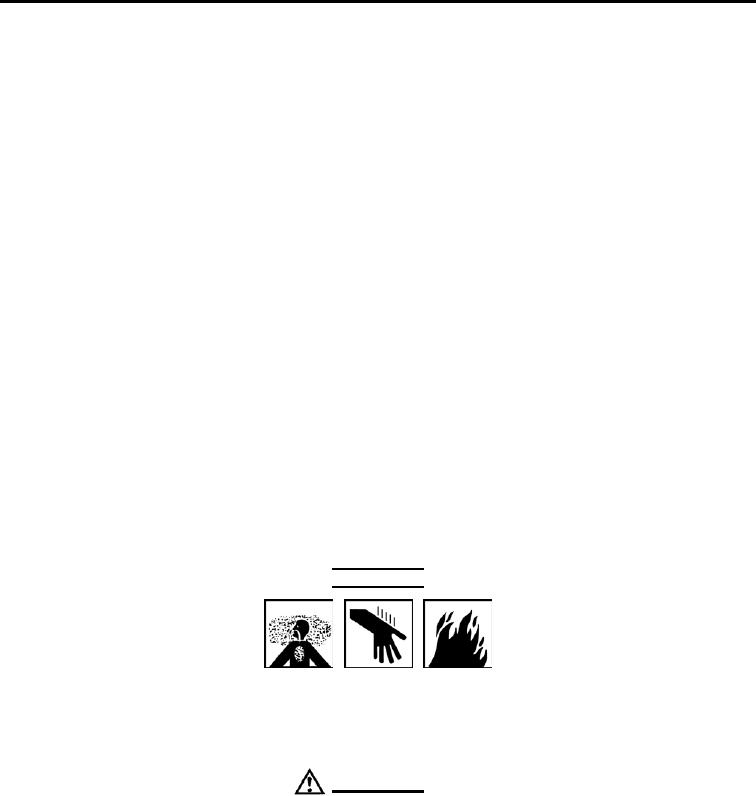
DRAFT
TM 5-4210-249-13&P-2
0187
GENERAL INSPECTION INSTRUCTIONS
Cleaning.
a.
Clean all parts before inspection. Check for defects such as physical distortion, wear, cracks, and pitting.
Sealing Surfaces.
b.
Inspect all surfaces in contact with gaskets, packings, or seals for nicks and burring. If any defect is found,
remove it before assembly.
Tubing, Hoses, and Fittings.
c.
Inspect all hose surfaces for broken or frayed fabric. Check for breaks caused by sharp kinks or contact with
other parts of the vehicle. Inspect fittings, tubing, mating surfaces, and threads for nicks, cracks, scratches,
and other damage. Replace any defective part. After assembly and during initial vehicle operation periods,
check for leaks.
Electrical Parts.
d.
Inspect all wiring harnesses for broken, chafed, or burned wiring. Inspect all terminal connectors for loose
connections and broken parts.
GENERAL INSTALLATION INSTRUCTIONS
Preparation.
a.
When unpacking items, remove all packing material, barrier paper, tape, plastic bags, protective caps, and
protective grease coatings. Handle and store removed components carefully.
Sealing Compounds.
b.
- - - - - - - - - - - - - - - - - - - - - - - - - - - - - - - - - - - - -
WARNING
ICON 30, 44, 27
Adhesives, solvents, and sealing compounds can burn easily, can give off harmful
vapors, and are harmful to skin and clothing. To avoid injury or death, keep away
from open fire and use in well-ventilated area. If adhesive, solvent, or sealing
compound gets on skin or clothing, wash immediately with soap and water.
CAUTION
Use sealing compound sparingly and only on male threads. Do not apply
compound on first two threads to avoid contamination of system from compound.
Do not apply compound to hose connections or fittings with preformed packings.
Damage to equipment may result.
Use sealing compounds as required in each maintenance task.
- - - - - - - - - - - - - - - - - - - - - - - - - - - - - - - - - - - - - - - - - - - - - - - - - - - - -
0187-7

